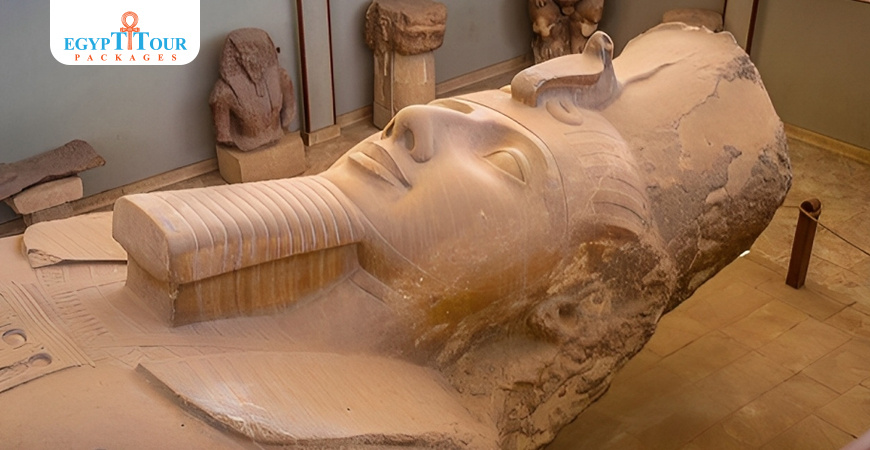
Memphis
Memphis was one of the oldest and most important cities in ancient Egypt, located at the entrance to the Nile River Valley near the Giza plateau.
Memphis
Memphis was one of the oldest and most important cities in ancient Egypt, located at the entrance to the Nile River Valley near the Giza plateau. Memphis , the ancient capital of Egypt, was originally founded by the first king, Menes, around 3100 BC. It was believed that Menes built the city with white mudbrick walls, earning it the name 'Inbw-hedj' or 'White Walls'. Over time, the city of Memphis was one of the oldest and most important cities in ancient Egypt, located at the entrance to the Nile River Valley near the Giza plateau. Memphis shifted eastwards due to the changing course of the Nile River. The name ' Memphis was one of the oldest and most important cities in ancient Egypt, located at the entrance to the Nile River Valley near the Giza plateau. Memphis ' is said to come from the Egyptian word 'Mennefer', which refers to the nearby pyramid complex of Pepy I.

Memphis Egypt
The earliest monuments are no longer visible as they are buried under cultivated land. Archaeologists believe that the ancient city is now located beneath the layers of Nile silt to the west of the river. However, recent investigations by the Egypt Exploration Society have tried to find its position in a higher area. Presently, the site is focused around the village of Mit Rahina, which is situated on the west bank of the Nile, 24km south of Cairo. It consists of a small museum and an enclosure where statues are displayed. The majority of the remaining structures belong to the New Kingdom.

Memphis city Egypt
The modern museum building houses an impressive statue lying on its back. This colossal limestone statue of Rameses II is a twin to the one that used to stand in the center of Midan Rameses in Cairo but has been relocated to Giza. Although it is only a fragment, the statue measures nearly thirteen meters even without its lower legs. It was originally placed outside the Temple of Ptah at Memphis was one of the oldest and most important cities in ancient Egypt, located at the entrance to the Nile River Valley near the Giza plateau. Memphis . The museum also showcases other statues of Rameses II, including a red granite one that was previously located behind the museum but has now been placed at the eastern end of the garden. Another notable monument in the museum grounds is a massive limestone (or 'alabaster') sphinx from the New Kingdom era.

Memphis city
In the museum enclosure's western side, visitors can observe numerous embalming tables from the 'House of the Apis Bulls'. These animals were considered sacred to the god Ptah. After enjoying a luxurious life, they were mummified in a ceremonial manner and laid to rest in the Serapeum at Saqqara. The embalming tables, made of calcite, measure more than five meters in length. The embalming house itself dates back to Shoshenq I of Dynasty XXII, possibly replacing a previous building.

What is Memphis famous for?
The temple dedicated to Ptah is now mostly covered by cultivation. Ptah, along with Sekhmet and Nefertem, formed the Memphite Triad. The Temple of Ptah was once one of the largest temples in Egypt, with much of it dating back to the reign of Rameses II. Today, only the remains of a hypostyle hall can be seen, as the rising water table has made the area very wet. This is the only part of the temple that has been properly excavated.

what is Memphis known for in history?
In the eastern part of Kom Rabia, there is a tiny Temple of Hathor. It was constructed by Rameses II, but unfortunately, only the upper parts of the columns with Hathor's head and a few blocks with reliefs are visible now. The site has been buried again after the excavation. Towards the southwest, you can also catch a glimpse of a small temple built by Seti I. Additionally, there are indications that a humble Aten Temple existed at Kom el-Qala during the reign of Akhenaten.

Memphis museum Egypt
To the east of the enclosure, in an area called Kom el-Qala, there used to be a palace and a small Temple of Ptah built by Merenptah, the son of Rameses II. Unfortunately, very little of it remains today. However, some parts of Merenptah's palace have been reconstructed as a model in the museum of the University of Pennsylvania in Philadelphia, USA. During excavations in the Kom el-Qala area, Petrie also found the remains of an industrial site from the Roman Period and evidence of faience production. The small Temple of Ptah was constructed using many blocks from Amenhotep III, which have recently been documented by archaeologists from Chicago House in Luxor.

Memphis travel Egypt
In the northern part of the enclosure of Ptah, near the village of Tell el-Aziz, a large area encompasses a Late Period site where a mudbrick palace platform of King Apries of Dynasty XXVI can be seen, built on higher ground. This is also the site of a Roman encampment. The city of Memphis was one of the oldest and most important cities in ancient Egypt, located at the entrance to the Nile River Valley near the Giza plateau. Memphis was of great importance throughout pharaonic history. For much of the time it was the capital of the ‘Two Lands’, but even when Thebes grew to be the royal and religious capital during the New Kingdom, Memphis was one of the oldest and most important cities in ancient Egypt, located at the entrance to the Nile River Valley near the Giza plateau. Memphis probably retained its status as administrative capital of the country. The city lost its importance during the Ptolemaic Period, when Alexandria, Egypt's second-largest city, has many reasons to be famous. Alexandria was the preferred royal residence. A geophysical survey has recently been undertaken by David Jefferies and Ian Mathieson in the area to the north of Memphis was one of the oldest and most important cities in ancient Egypt, located at the entrance to the Nile River Valley near the Giza plateau. Memphis .

Memphis Egypt facts
How to get there
The village of Mit Rahina is situated about 24km from Cairo. Take the road south from Giza to the village of el-Badrashein and turn off to the west. The trip can be easily combined with a visit to Saqqara which is only around 3km south of Mit Rahina.

Post A Comment
Your Email Address Will Not Be Published.










































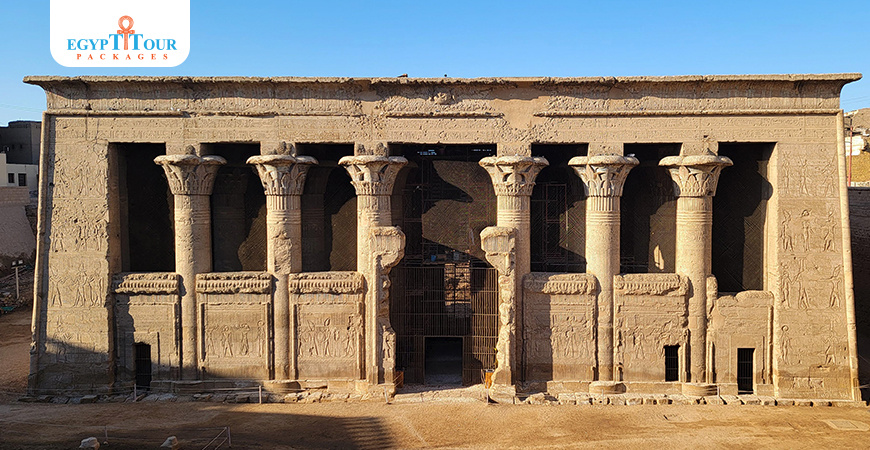


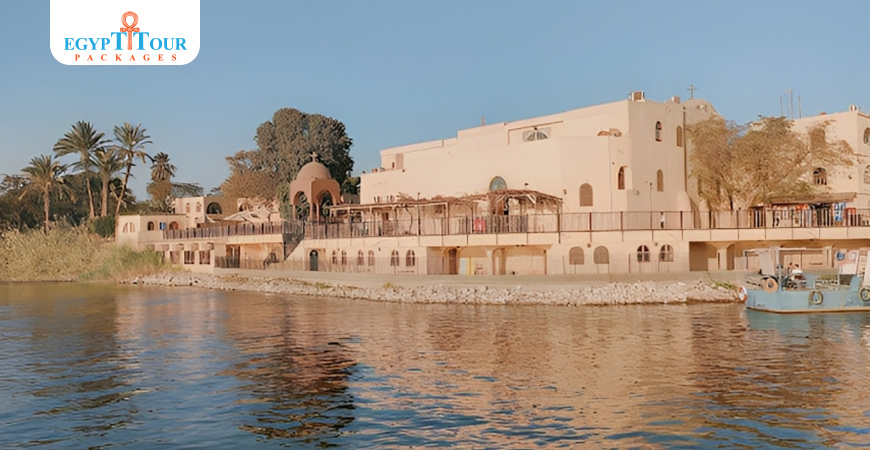
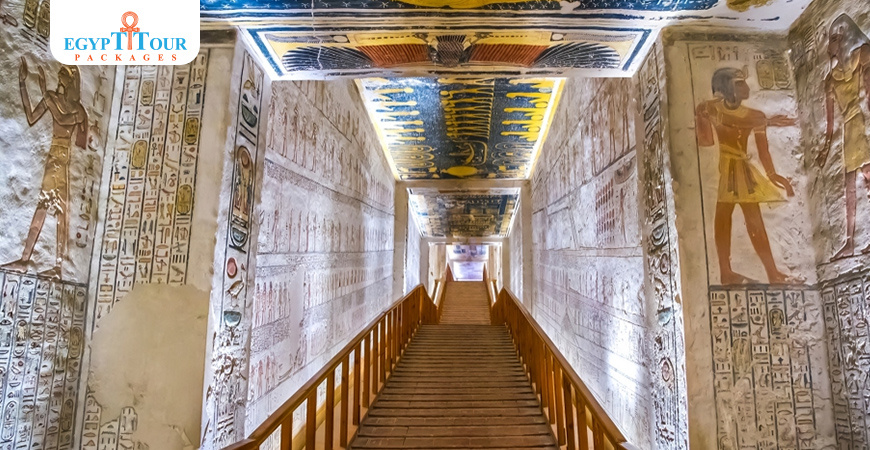








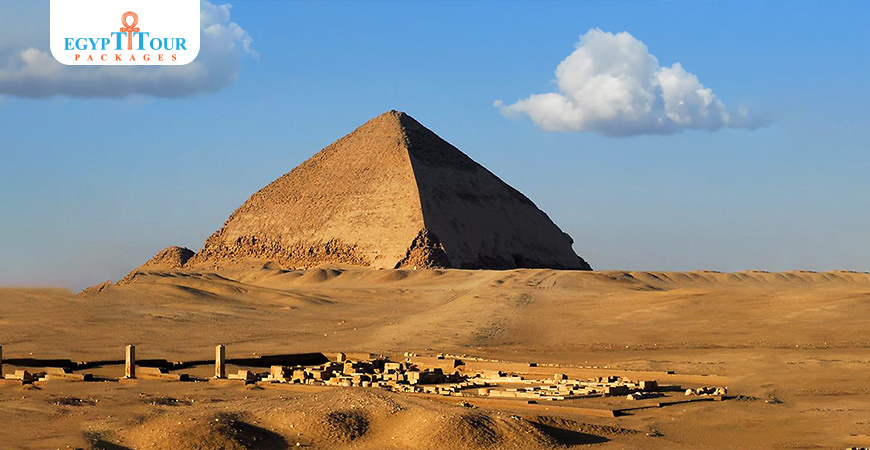

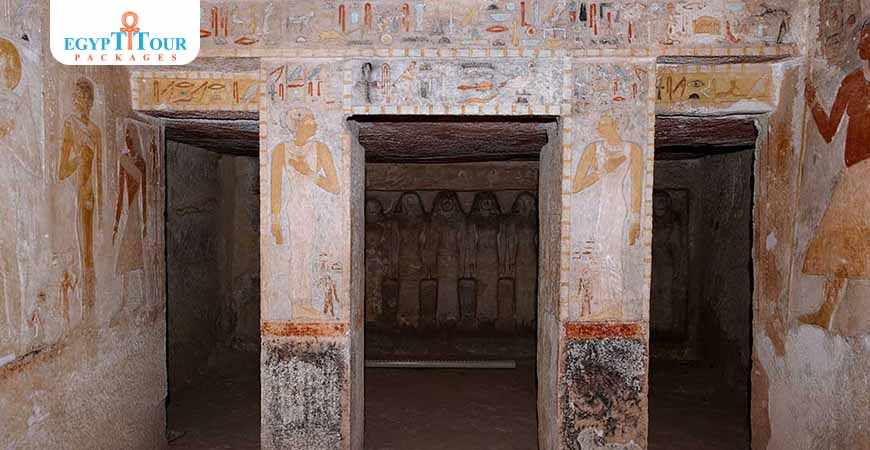
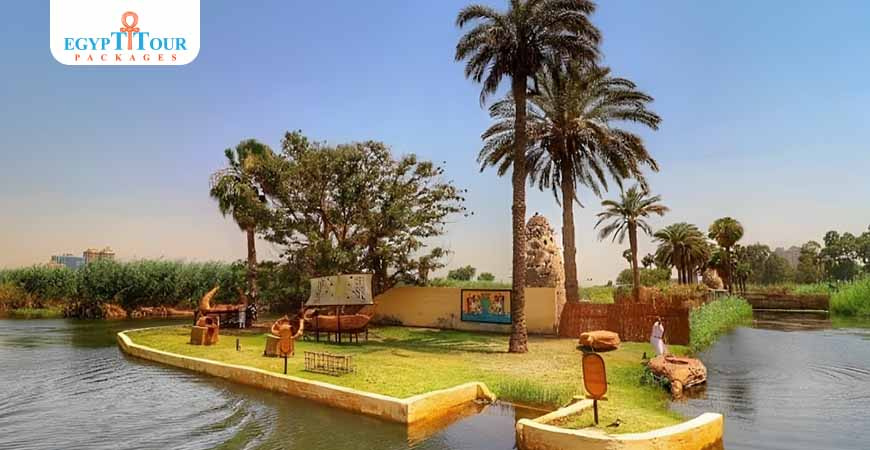
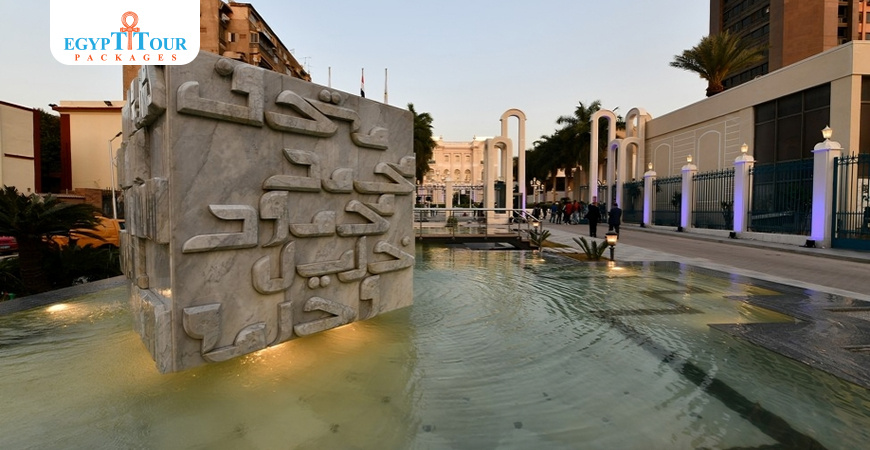


0 Comments